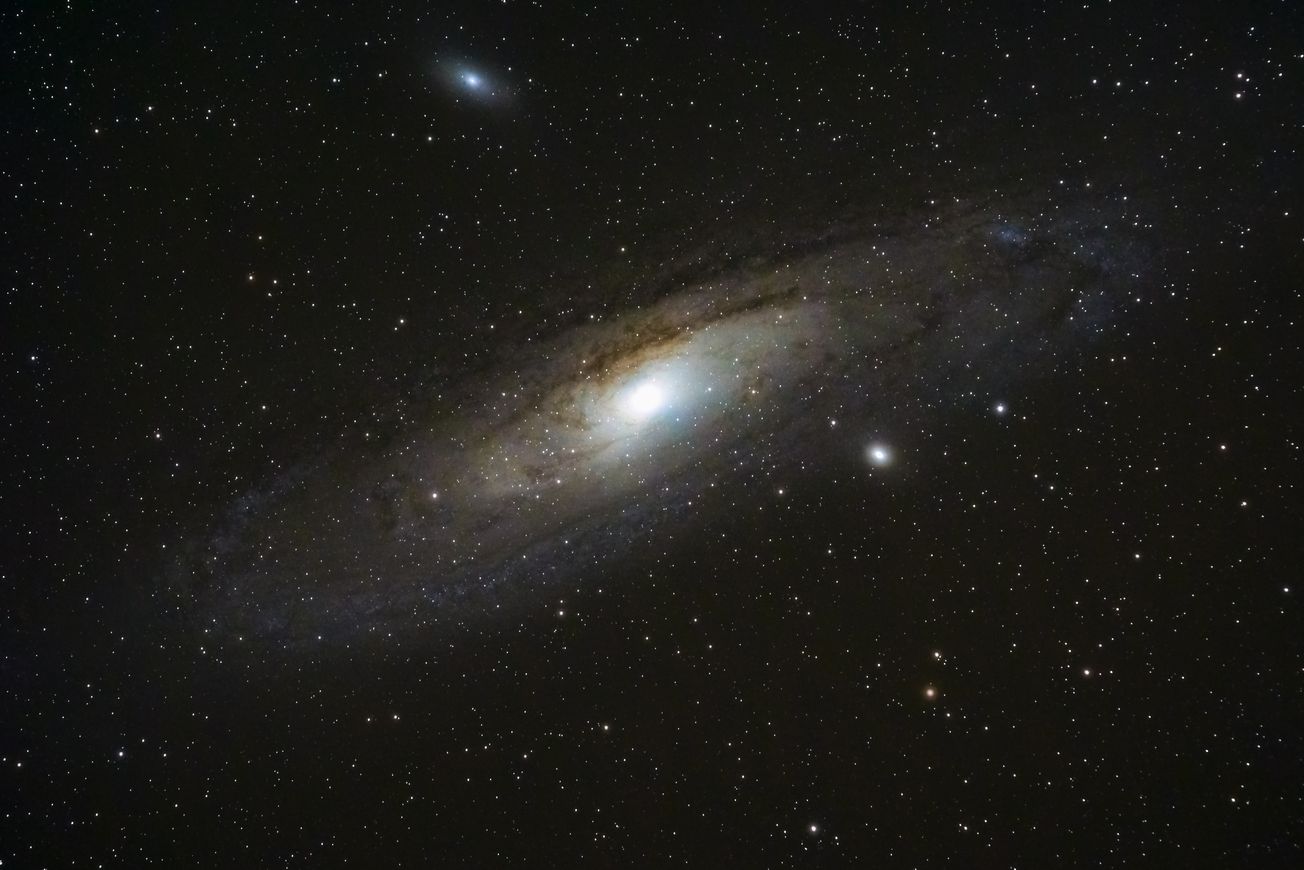By Emily Barret, Second Year, Physics
A recent study by Bristol University’s Dr. Hannah Wakeford and UC Riverside’s Dr. Paul Dalba argues the case for missions to Uranus and Neptune to further our understanding of exoplanets.
Exoplanets are planets which orbit stars outside of the Solar System. Thousands have been discovered in our galaxy, of which a common type are ‘super-Earths’ and ‘mini-Neptunes’ – planets between the sizes of Earth and Neptune.
To better understand exoplanets, scientists look to our own solar system for information. However, compared to the terrestrial planets and the gas giants, we know relatively little about Uranus and Neptune, the ice giants.
Wakeford and Dalba’s article, published by the Royal Society, discusses the prospect of a mission to Uranus and Neptune and explains why exploring the ice giants would be advantageous to the field of exoplanet research.
Speaking to Epigram about what could be learned from the ice giants, Dr Wakeford explains that by understanding ‘how their internal structure is different from Jupiter and Saturn, and from Earth or Mars’ information about the planet’s weather can be determined. By creating a model for the internal structures of the ice giants, predictions could be made about similar-sized exoplanets.
Alongside this, the exoplanets’ composition – which is determined from the ice-to-rock ratio and abundances of substances like water and noble gases – gives information about the conditions during planetary formation.
A mission to the ice giants could also be used to refine theories of giant impacts, where planets collide with other larger bodies. The most famous of these is the widely-accepted theory that a collision with Earth created the Moon.
Uranus’ unusual spin axis, which is tilted by 98 degrees – far more than any other planet in the solar system – is believed to have been the result of a giant impact some time in Uranus’ past.
University of Bristol involved in international Covid-19 study on ICU mortality
Bristol engineers help make Nepal’s schools earthquake-resistant
A mission to explore Uranus could clarify this theory and help to identify whether similar collisions have altered the development of observed exoplanets.
The field of exoplanet research is new and constantly evolving and in the next few years, the James Webb Space Telescope, which is currently set to launch on 31 October 2021, will ‘give us more information than ever before on different planet atmospheres, how they form and evolve’, according to Dr. Wakeford.
Its improved sensitivity will extend the range of discoveries over the abilities of the Hubble Space Telescope.
The increased understanding of exoplanets gained from a mission to the ice giants would help put the Solar System into a galactic context and ‘play a pivotal role in our quest to answer the question: ‘How did we get here?’.
Featured: Unsplash
Are you excited by the launch of the James Webb Space Telescope?






